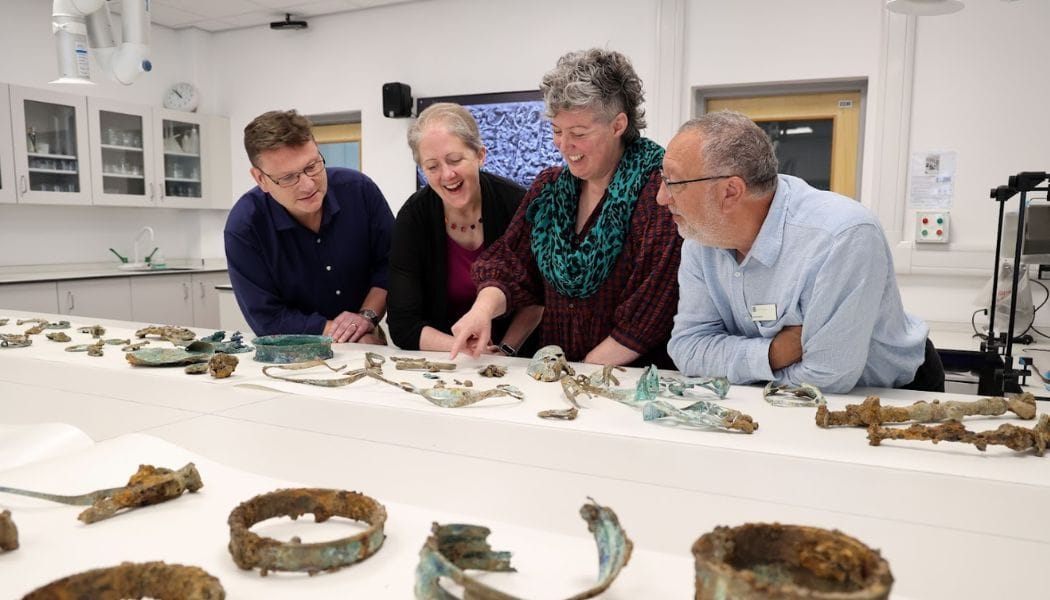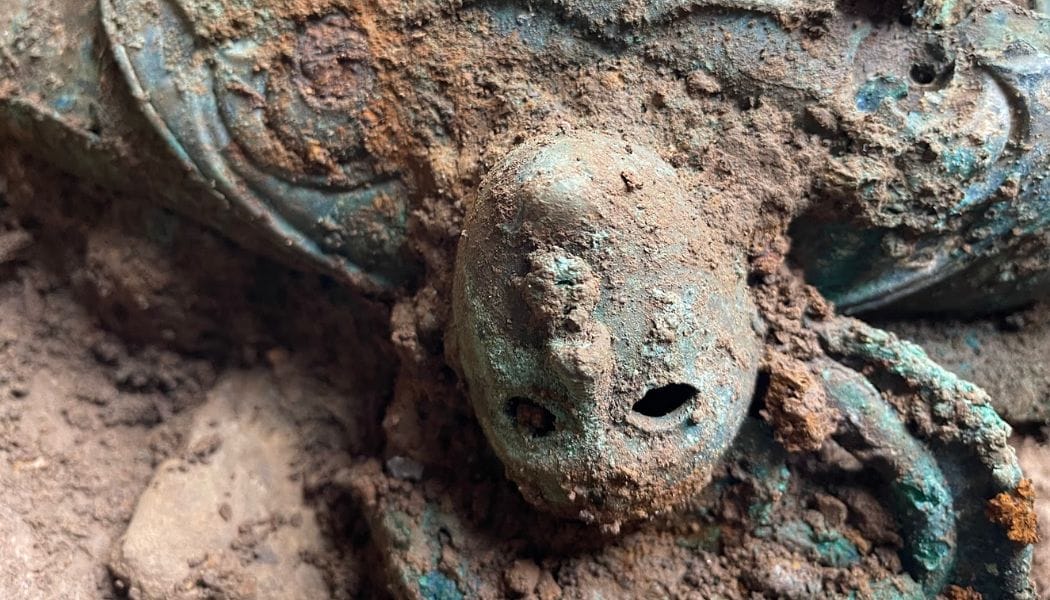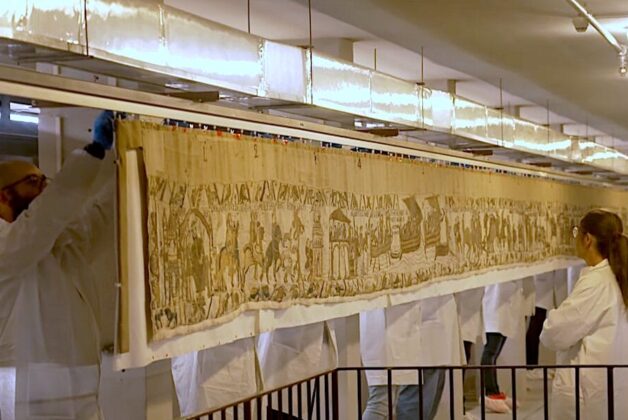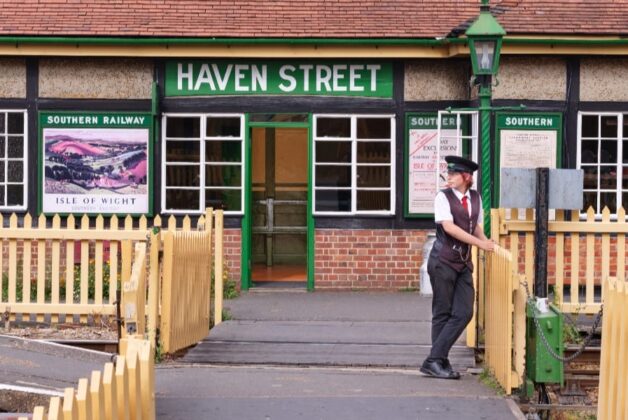Image: The shoulder of the lidded vessel or cauldron from the Melsonby Hoard (Durham University)
Historic England, Durham University and the British Museum have worked together on the unearthing of the Melsonby Hoard, now set for the Yorkshire Museum
Historic England, Durham University and the British Museum have jointly announced the discovery of an Iron Age hoard, thought to be one of the largest and most important finds in the UK.
More than 800 items have been discovered, all around 2,000 years old. Initial assessment suggests the objects were buried in the first century AD, around the time of the Roman conquest of southern Britain.
First discovered in Melsonby, North Yorkshire in 2021 by metal detectorist Peter Heads, ‘The Melsonby Hoard’ was then excavated in 2022 by a team of archaeologists from Durham University, with advice from the British Museum and over £120,000 grant funding from Historic England. The hoard is now valued at £254,000.
The British Museum said the find could lead to a major re-evaluation of how wealth and status were expressed.
The Yorkshire Museum, part of York Museums Trust, is to launch a fundraising campaign to secure the hoard.
Within it are vehicle components, which the British Museum said had few parallels in Britain, including the partial remains of more than seven four-wheeled wagons and/or two-wheeled chariots.
The find also includes harnesses for at least 14 ponies, three ceremonial spears and two ornate cauldrons or vessels – one lidded and likely used as a wine mixing bowl, which had been buried at the bottom of a large ditch.
Professor Tom Moore, Head of the Department of Archaeology, Durham University, said the discovery is “of a scale and size that is exceptional for Britain and probably even Europe.“
A large amount of the material within the hoard was either burnt or broken. Professor Moore said: “The destruction of so many high-status objects, evident in this hoard, is also of a scale rarely seen in Iron Age Britain and demonstrates that the elites of northern Britain were just as powerful as their southern counterparts.”
Duncan Wilson, Chief Executive of Historic England, said the hoard marked “one of the most important and exciting Iron Age period discoveries made in the UK.”

Vital collaboration
The excavation and analysis of the hoard has been carried out via collaboration between museum, heritage and educational organisations, alongside the landowner and metal detectorist.
Historic England provided advice and grant aid to help fund the dig, the stabilisation of the finds and their initial conservation. Durham University led the excavation, Southampton University used cutting edge X-ray scanning technology to help identify objects and the British Museum provided expert advice and analysis which sheds new light on life in Iron Age Britain. The Yorkshire Museum is helping to acquire the hoard for the nation.
Keith Emerick, Inspector of Ancient Monuments at Historic England in Yorkshire said: “The Melsonby Hoard is exceptional in many respects – not just as one of the most important Iron Age finds that Historic England, Durham University and the British Museum have worked on together, but also as a great example of responsible metal detecting. Peter Heads sought the right permissions from the land owner, knew when to seek expert advice and has worked with the Portable Antiquities Scheme.

“Historic England and its partners realised that this was a nationally and internationally important discovery that’s highly significant in telling us about society, technology, wealth, power, exchange and travel in Britain 2,000 years ago.
Dr Sophia Adams, Curator, First Millennium European and Roman Conquest period Collections, the British Museum, added: “the collaboration and support of Historic England, Durham University and the British Museum has been vital for preserving the integrity of this find and managing the quantity and complexity of the remains. The excavation, preservation and recording of this find has been a vast undertaking only made possible by this support and the conscientious approach of the finder and landowner.”
Main image
Close up of one of the two mask-like human faces decorating the shoulder of the lidded vessel or cauldron from the Melsonby hoard shown upside down as found during excavation. Credit: Department of Archaeology, Durham University





